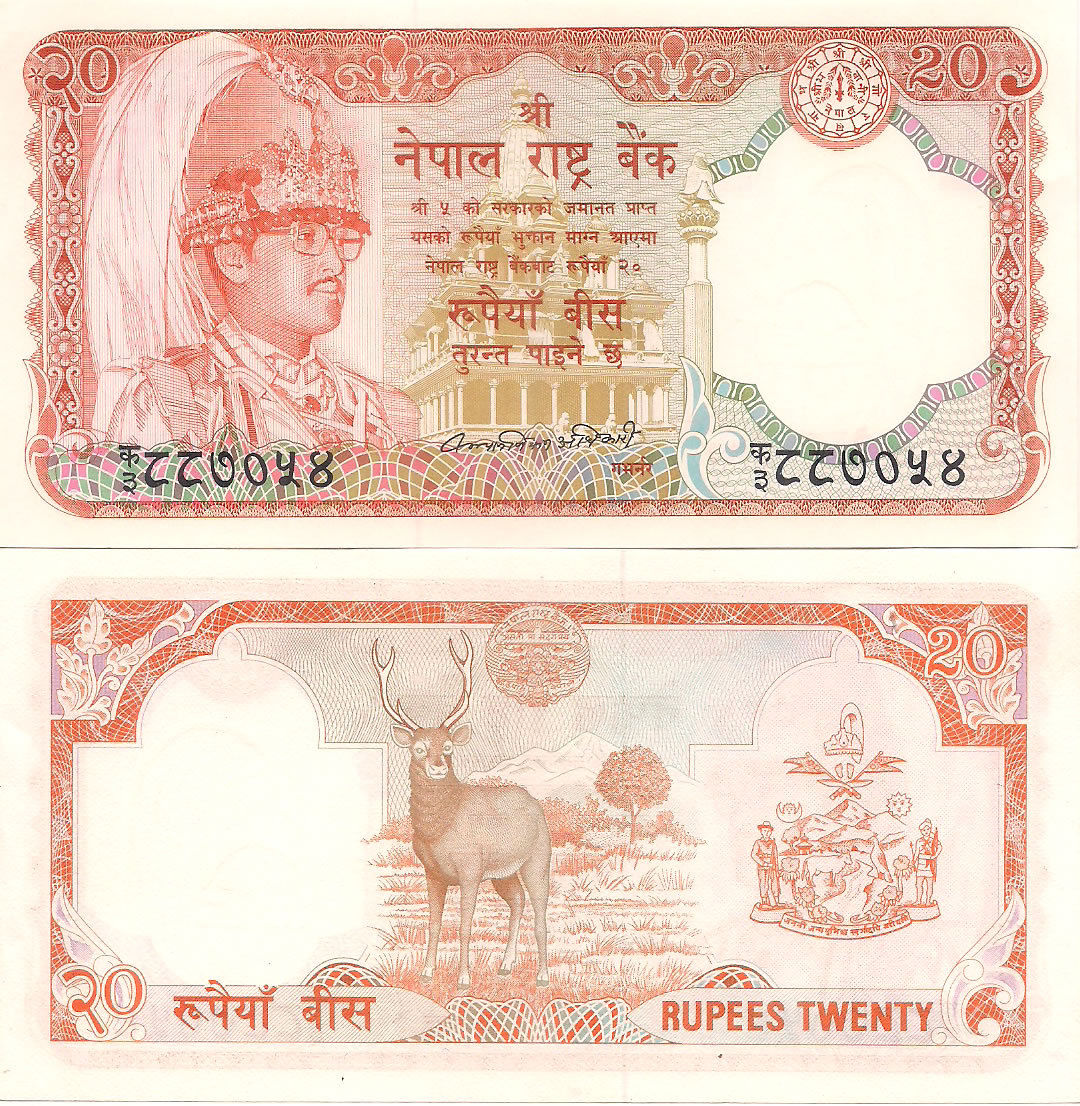
Currency crises quickly spread over many countries including Indonesia and South Korea.

The East-Asian financial crisis was originated from Thailand in June 1997 after the Bank of Thailand floated its exchange rate. Once introduced, reversal would be costly. Revisiting exchange rate policy is a very serious tool globally. For a good economy, stability in the exchange rate-either through peg or other means-is desirable. But the problem arises at the time of payback-either in terms of import and loan repay or foreign investment and earnings’ repatriation. Likewise, a few dollars will mean a lot (in local currency) for the country that receives remittance, investment, grants and loans. Thus, domestic goods and services would be cheaper for them. Weak currency means lots of money in domestic terms for foreigners. This shows that the regime itself cannot be the cause of poor economic performance.Ī depreciating currency has couple of advantages. About 48 per cent of the world economies fix their exchange rate. From resource-rich to the small or very big economies like China still follow some sort of fixed regime. Also, after the recent move of India towards inflation, it seems that Nepal can benefit further.Ī significant number of countries still adopt fixed exchange rate. This is because empirical evidences show very close tie of Nepal’s inflation with India and Indian inflation is relatively lower. This principle fully justifies the current fixed regime. Thus, exchange rate is Nepal’s nominal anchor for containing inflation. Theoretically, a pegged exchange rate is a monetary policy strategy such that the price stability objective could be achieved by anchoring it with another price variable known as “nominal anchor”.

The deteriorating trade balance is also blamed for the exchange rate policy. This has, however, emerged as a major issue of late-both at the policy regime and level of peg-with the argument that Nepal is paying exchange dividend to foreigners. Citing the major trading partner, open porous border, better policy and economic stability and stability in investment flows, among others, Nepal’s fixed exchange rate policy has remained unchanged despite economic liberalisation initiated in Nepal in the early 1990s.
Nepal currency rates free#
Licensed institutions are free to set their exchange rate observing the foreign currency market movements, except for IC. The rate of NC is set as per the exchange of IC and USD, thus, it depends upon at Indian economy as well as the behaviour of Reserve Bank of India to stabilise exchange rate. The current regime and the level of peg are constant since 1992.


 0 kommentar(er)
0 kommentar(er)
